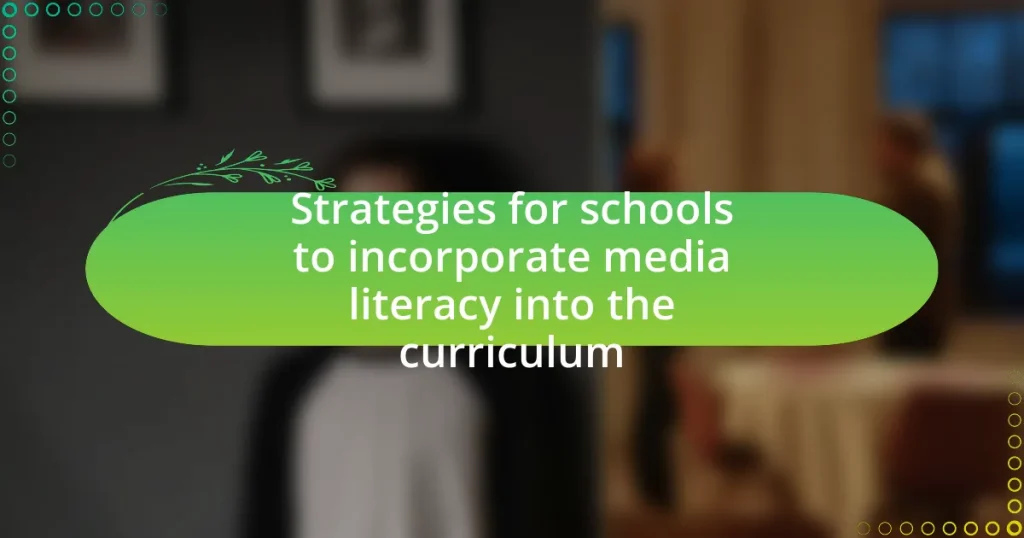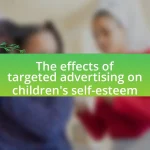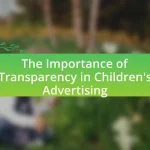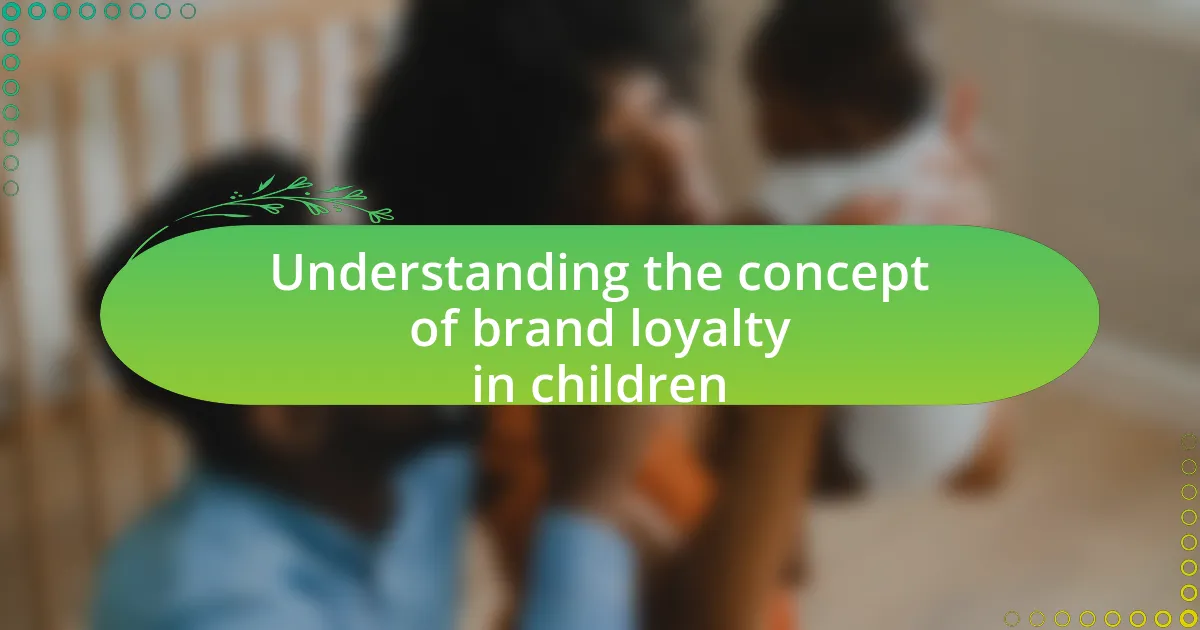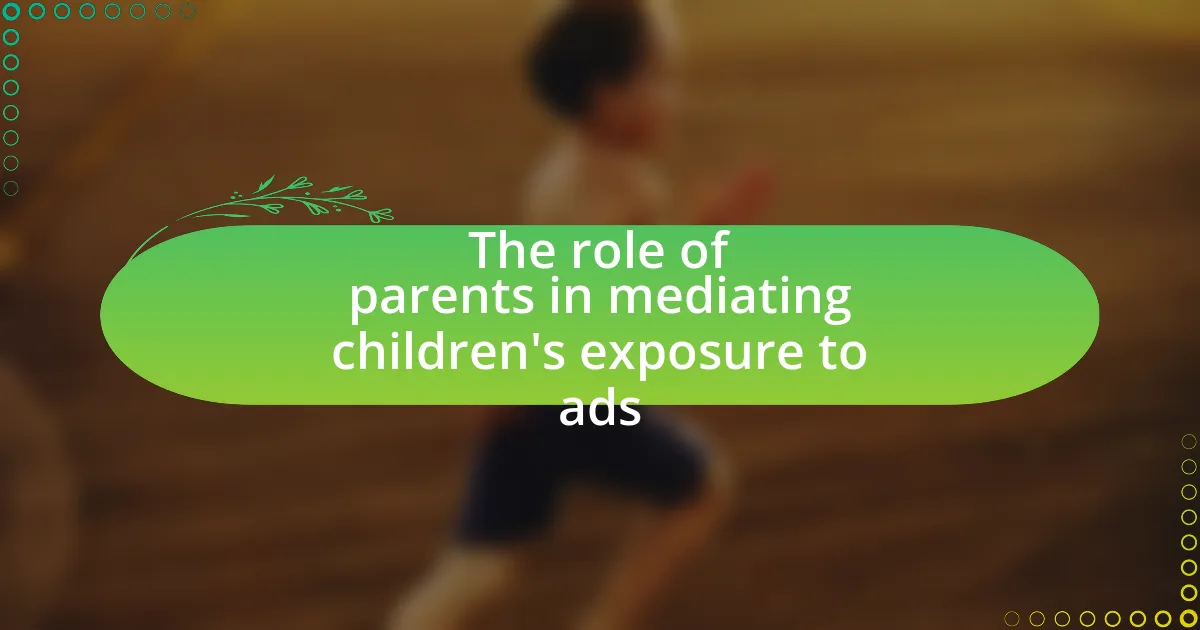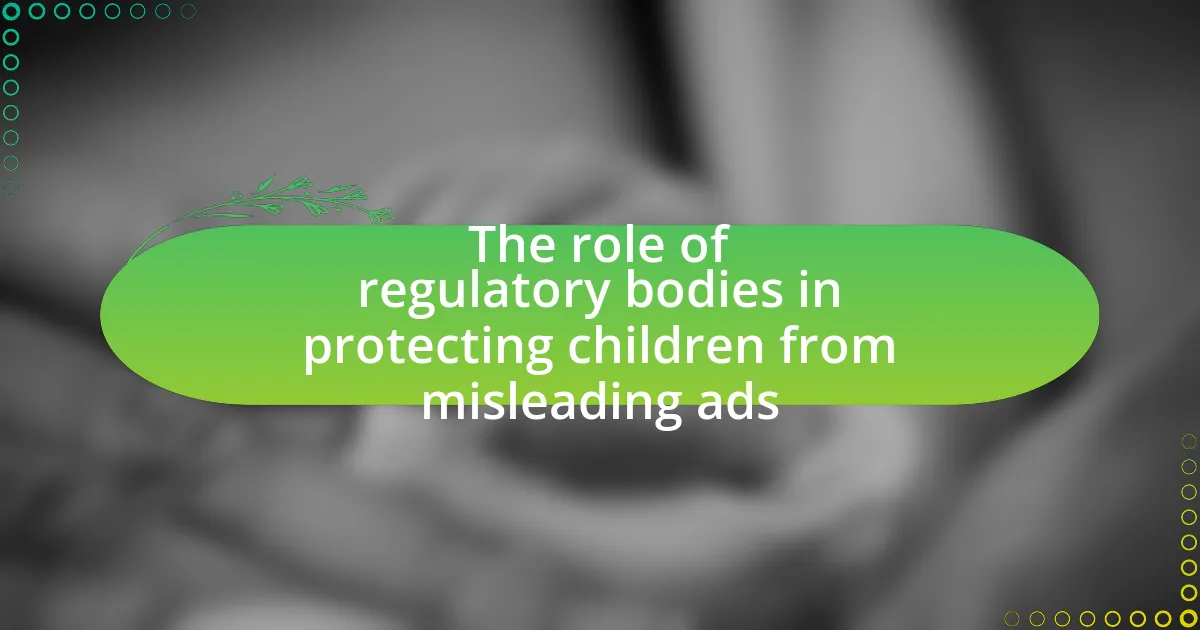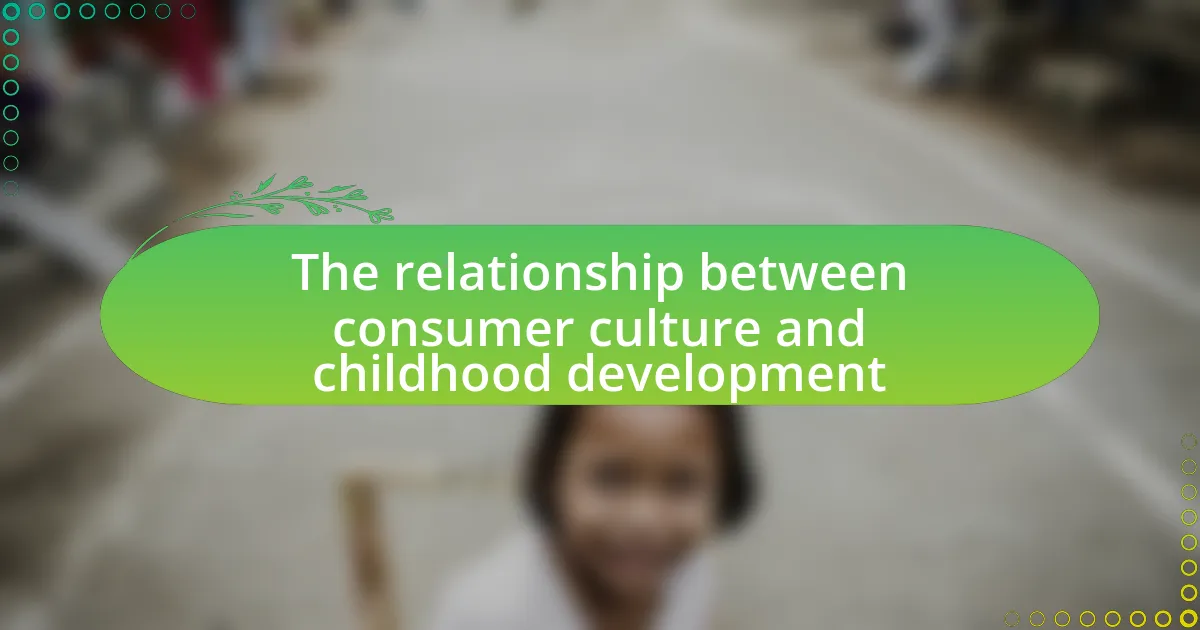The article focuses on strategies for schools to incorporate media literacy into the curriculum, emphasizing the importance of equipping students with critical thinking skills necessary for navigating today’s media landscape. Key components of media literacy include accessing, analyzing, evaluating, and creating media content, which are essential for fostering informed and engaged citizens. The article discusses the enhancement of critical thinking through media literacy education, the specific skills developed, and the risks associated with not teaching these skills. It also outlines practical strategies for implementation, the role of parents and the community, and the challenges schools face in integrating media literacy effectively.
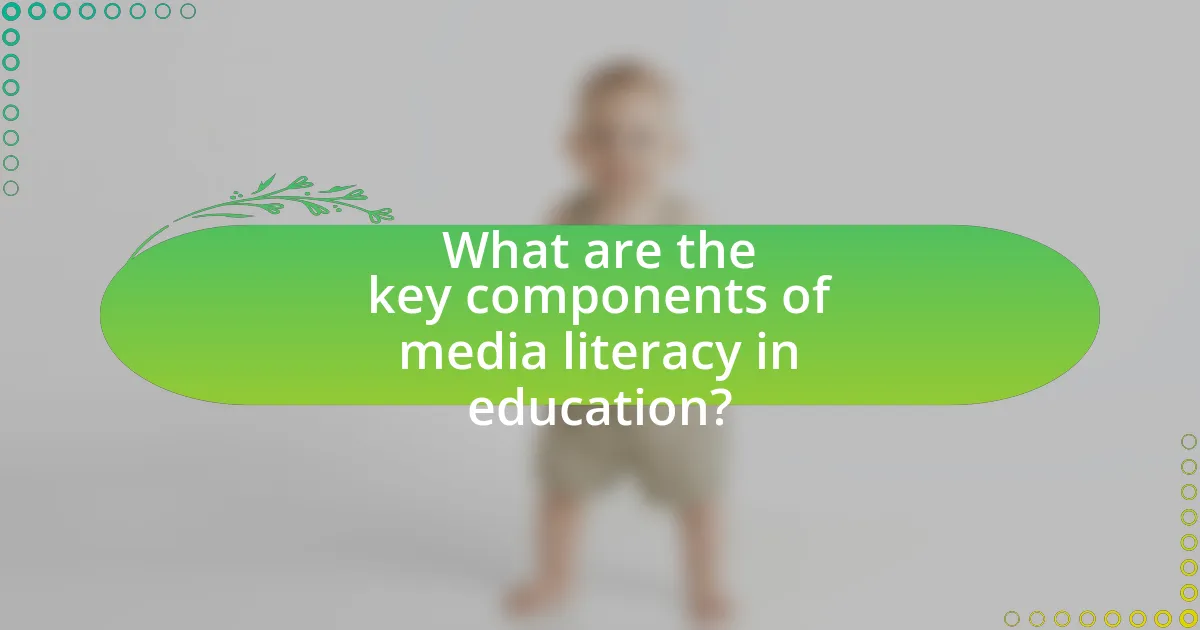
What are the key components of media literacy in education?
The key components of media literacy in education include the ability to access, analyze, evaluate, and create media in various forms. Accessing media involves understanding how to locate and use different media sources effectively. Analyzing media requires critical thinking skills to interpret messages and identify biases or perspectives. Evaluating media involves assessing the credibility and reliability of sources, which is essential in an age of misinformation. Creating media empowers students to produce their own content, fostering creativity and communication skills. Research by the National Association for Media Literacy Education emphasizes these components as foundational for developing informed and engaged citizens in a media-saturated society.
How does media literacy enhance critical thinking skills?
Media literacy enhances critical thinking skills by equipping individuals with the ability to analyze, evaluate, and create media content effectively. This skill set enables learners to discern credible information from misinformation, fostering a questioning mindset that is essential for critical analysis. Research indicates that students who engage in media literacy programs demonstrate improved analytical skills, as they learn to assess the purpose, audience, and context of various media messages. For instance, a study by the National Association for Media Literacy Education found that students exposed to media literacy education showed a 30% increase in their ability to critically evaluate media sources. This evidence supports the assertion that media literacy is a vital component in developing robust critical thinking abilities.
What specific skills are developed through media literacy education?
Media literacy education develops critical thinking, analytical skills, and effective communication abilities. Critical thinking enables individuals to evaluate the credibility of sources and discern bias in media messages. Analytical skills allow learners to deconstruct media content, understanding how various elements influence perception and meaning. Effective communication skills are honed as students learn to articulate their thoughts and engage in discussions about media’s impact on society. Research indicates that students who participate in media literacy programs demonstrate improved abilities to analyze and create media content, enhancing their overall media engagement and understanding.
How does critical thinking impact students’ media consumption?
Critical thinking significantly enhances students’ media consumption by enabling them to analyze, evaluate, and interpret information critically. This skill allows students to discern credible sources from unreliable ones, fostering informed decision-making regarding the media they engage with. Research indicates that students who practice critical thinking are more adept at identifying biases and misinformation, which is crucial in today’s media landscape where false information is prevalent. For instance, a study published in the Journal of Media Literacy Education found that students trained in critical thinking demonstrated a 30% improvement in their ability to evaluate the reliability of news sources compared to those who did not receive such training. This evidence underscores the importance of integrating critical thinking into educational curricula to enhance media literacy among students.
Why is it essential for schools to incorporate media literacy?
It is essential for schools to incorporate media literacy because it equips students with critical thinking skills necessary to navigate and analyze the vast amount of information available in today’s digital landscape. Media literacy education helps students discern credible sources from misinformation, which is crucial given that a 2021 study by the Pew Research Center found that 64% of Americans believe that misinformation has a major impact on their ability to make informed decisions. By integrating media literacy into the curriculum, schools prepare students to engage thoughtfully with media, fostering informed citizenship and enhancing their ability to participate in democratic processes.
What are the risks of not teaching media literacy in schools?
Not teaching media literacy in schools increases the risk of students becoming vulnerable to misinformation and manipulation. Without the skills to critically evaluate media content, students may accept false information as truth, leading to poor decision-making and the spread of harmful narratives. Research indicates that individuals lacking media literacy are more likely to fall for scams and conspiracy theories, as evidenced by a study from the Stanford History Education Group, which found that 82% of middle school students could not distinguish between a sponsored post and a real news article. This lack of discernment can contribute to societal polarization and a decline in civic engagement, as individuals may become more susceptible to extremist ideologies and less likely to participate in informed discussions.
How does media literacy prepare students for the digital age?
Media literacy prepares students for the digital age by equipping them with critical thinking skills necessary to analyze and evaluate information from various media sources. This skill set enables students to discern credible information from misinformation, which is crucial in an era where digital content is abundant and often misleading. Research indicates that students who receive media literacy education demonstrate improved abilities to assess the reliability of online information, as evidenced by a study from the Stanford History Education Group, which found that only 20% of students could accurately evaluate the credibility of online sources. Thus, media literacy fosters informed decision-making and responsible digital citizenship among students.
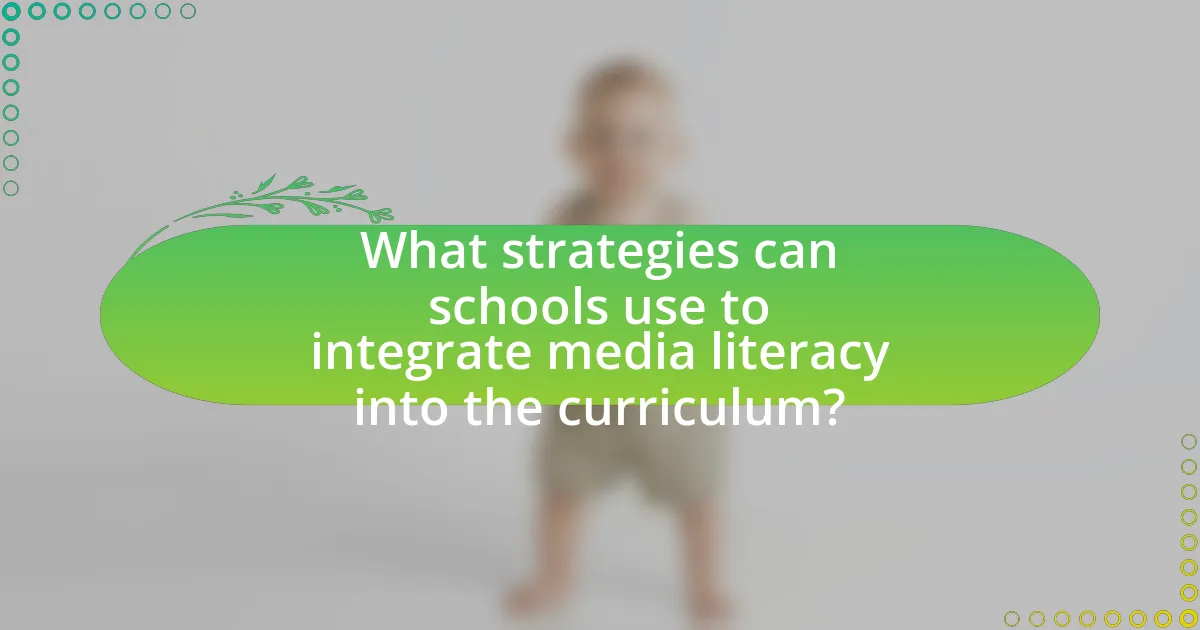
What strategies can schools use to integrate media literacy into the curriculum?
Schools can integrate media literacy into the curriculum by implementing project-based learning, where students analyze and create media content. This approach encourages critical thinking and practical application of media skills. Research indicates that project-based learning enhances engagement and retention, as evidenced by a study from the Buck Institute for Education, which found that students involved in such projects demonstrate improved problem-solving abilities and collaboration skills. Additionally, incorporating media literacy across subjects, such as using current events in social studies or analyzing advertisements in language arts, reinforces the relevance of media skills in various contexts.
How can teachers effectively implement media literacy lessons?
Teachers can effectively implement media literacy lessons by integrating critical thinking exercises that encourage students to analyze and evaluate media content. This approach helps students discern credible sources from misinformation, a skill increasingly vital in today’s digital landscape. Research indicates that students who engage in media literacy education demonstrate improved analytical skills and a better understanding of media influence, as shown in studies by the Center for Media Literacy. Additionally, incorporating real-world examples and current events into lessons can enhance relevance and engagement, making the learning experience more impactful.
What resources are available for educators to teach media literacy?
Educators can access a variety of resources to teach media literacy, including online platforms, curriculum guides, and professional development workshops. Notable resources include the Media Literacy Now organization, which provides advocacy tools and curriculum frameworks, and the Center for Media Literacy, offering lesson plans and educational materials. Additionally, the News Literacy Project supplies resources aimed at helping educators teach students how to discern credible information. These organizations support educators by providing structured content and practical tools to effectively integrate media literacy into their teaching practices.
How can collaborative projects enhance media literacy learning?
Collaborative projects enhance media literacy learning by fostering critical thinking and teamwork among students. When students work together on media-related tasks, they engage in discussions that challenge their perspectives and promote deeper analysis of media content. Research indicates that collaborative learning environments improve students’ ability to evaluate sources, discern bias, and understand the impact of media on society. For instance, a study by Johnson and Johnson (2014) found that cooperative learning strategies significantly increased students’ media literacy skills compared to traditional individual learning methods. This evidence supports the notion that collaboration not only enriches the learning experience but also equips students with essential skills to navigate the complex media landscape.
What role do parents and the community play in supporting media literacy?
Parents and the community play a crucial role in supporting media literacy by fostering an environment that encourages critical thinking and informed media consumption. Parents can engage in discussions about media content with their children, helping them to analyze and evaluate the information they encounter. Community organizations can provide resources and workshops that educate both parents and children on media literacy skills. Research indicates that when parents actively participate in their children’s media education, it enhances the effectiveness of school-based media literacy programs, leading to better outcomes in students’ ability to discern credible information.
How can schools engage parents in media literacy initiatives?
Schools can engage parents in media literacy initiatives by organizing workshops and informational sessions that educate them on the importance of media literacy and provide practical tools for navigating digital content. Research indicates that parental involvement significantly enhances children’s learning outcomes; for instance, a study by the National Education Association found that students whose parents are engaged in their education perform better academically. By fostering a collaborative environment through regular communication, schools can encourage parents to participate in discussions about media consumption, share resources, and collaborate on projects that promote critical thinking about media.
What partnerships can schools form to promote media literacy?
Schools can form partnerships with local media organizations, libraries, and community groups to promote media literacy. Collaborating with local media outlets allows schools to provide students with real-world insights into media production and consumption, enhancing their understanding of media messages. Libraries can offer resources and workshops focused on critical evaluation of information sources, while community groups can facilitate discussions and projects that engage students in analyzing media’s role in society. These partnerships create a comprehensive approach to media literacy education, ensuring students develop essential skills to navigate the media landscape effectively.
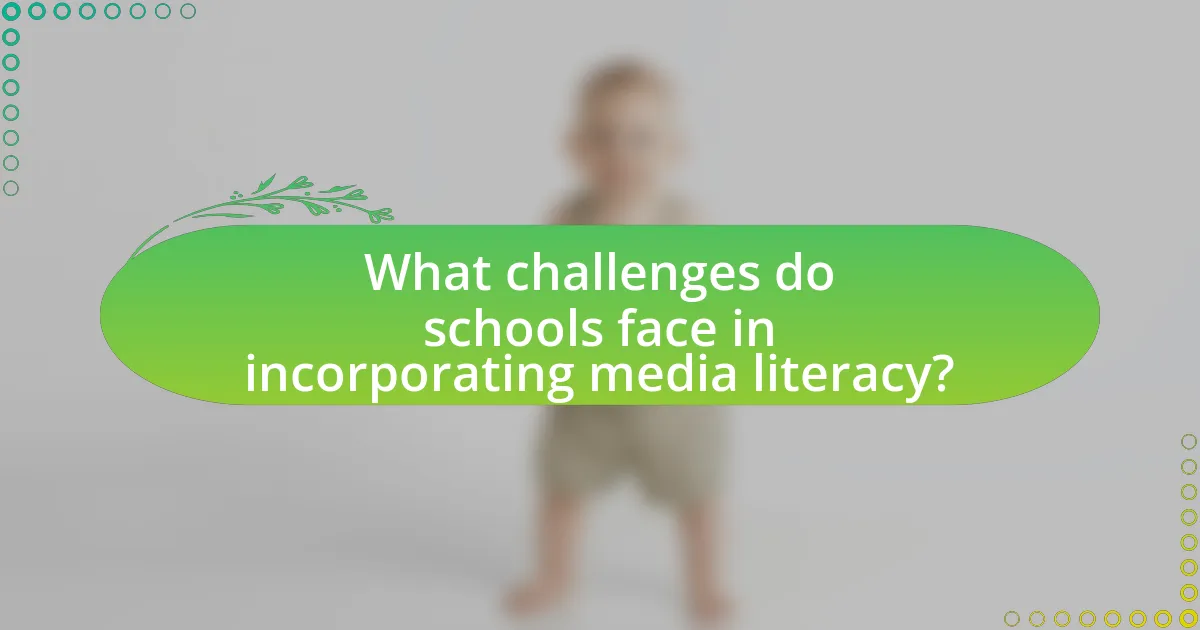
What challenges do schools face in incorporating media literacy?
Schools face several challenges in incorporating media literacy, including a lack of trained educators, insufficient curriculum resources, and varying levels of student engagement. The absence of educators who are well-versed in media literacy concepts limits effective teaching, as many teachers may not feel confident in delivering this content. Additionally, schools often struggle to find or develop comprehensive curriculum materials that align with media literacy standards, which can hinder the integration of these skills into existing subjects. Furthermore, students’ diverse backgrounds and interests can lead to inconsistent engagement levels, making it difficult for educators to capture the attention of all learners. These challenges collectively impede the successful implementation of media literacy programs in educational settings.
How can schools overcome resistance to media literacy education?
Schools can overcome resistance to media literacy education by actively engaging stakeholders, including parents, teachers, and community members, in the curriculum development process. This collaborative approach fosters a sense of ownership and understanding of the importance of media literacy, which is crucial in today’s digital age where 90% of teens report using social media, highlighting the need for critical media skills. Additionally, providing professional development for educators can equip them with the necessary tools and confidence to teach media literacy effectively, addressing concerns about their preparedness. Research indicates that when teachers feel supported and knowledgeable, they are more likely to implement media literacy programs successfully.
What are common misconceptions about media literacy in education?
Common misconceptions about media literacy in education include the belief that it is solely about teaching students to identify fake news or that it only pertains to digital media. Media literacy encompasses a broader understanding of how media influences perceptions, behaviors, and societal norms. Research indicates that effective media literacy education involves critical thinking skills, analysis of various media forms, and understanding the role of media in shaping public discourse. For instance, the National Association for Media Literacy Education emphasizes that media literacy is not just about technology but also about fostering informed and engaged citizens.
How can schools address resource limitations for media literacy programs?
Schools can address resource limitations for media literacy programs by leveraging community partnerships and utilizing free online resources. Collaborating with local organizations, libraries, and media outlets can provide access to materials and expertise that enhance program offerings without significant financial investment. For instance, partnerships with public libraries can facilitate workshops and access to digital literacy tools, while organizations like Common Sense Media offer free curricula and resources that schools can integrate into their existing programs. This approach not only maximizes available resources but also fosters a community-centric model for media literacy education.
What best practices can schools adopt for successful media literacy integration?
Schools can adopt a comprehensive curriculum that integrates media literacy across subjects for successful media literacy integration. This approach ensures that students develop critical thinking skills necessary to analyze and evaluate media content effectively. Research indicates that programs incorporating media literacy into various subjects, such as English and social studies, enhance students’ ability to discern credible information and understand media influence. For instance, the Center for Media Literacy emphasizes the importance of teaching students to access, analyze, evaluate, and create media in a variety of contexts, which fosters informed citizenship and responsible media consumption.
How can ongoing professional development support teachers in media literacy?
Ongoing professional development supports teachers in media literacy by equipping them with the latest strategies and tools to effectively teach critical evaluation of media sources. This training enhances teachers’ understanding of digital literacy, enabling them to guide students in discerning credible information from misinformation. Research indicates that teachers who participate in continuous training programs demonstrate improved instructional practices and student engagement in media literacy topics, as evidenced by a study from the National Association for Media Literacy Education, which found that 85% of educators reported increased confidence in teaching media literacy after professional development workshops.
What assessment methods can be used to evaluate media literacy skills?
Assessment methods that can be used to evaluate media literacy skills include formative assessments, summative assessments, and performance-based assessments. Formative assessments, such as quizzes and reflective journals, allow educators to gauge students’ understanding of media concepts during the learning process. Summative assessments, like standardized tests or final projects, measure students’ overall media literacy at the end of a unit or course. Performance-based assessments, including presentations or media production projects, enable students to demonstrate their skills in real-world contexts. These methods are effective as they provide diverse ways to assess students’ critical thinking, analysis, and application of media literacy skills.
What are practical tips for implementing media literacy in the classroom?
Practical tips for implementing media literacy in the classroom include integrating media analysis into existing subjects, encouraging critical thinking through discussions about media messages, and utilizing diverse media formats for assignments. Teachers can incorporate media literacy by analyzing news articles, advertisements, and social media posts, which helps students understand bias and perspective. Research shows that students who engage in media literacy education demonstrate improved critical thinking skills and a better understanding of media influence, as highlighted in the “Media Literacy in the Classroom” report by the National Association for Media Literacy Education.
